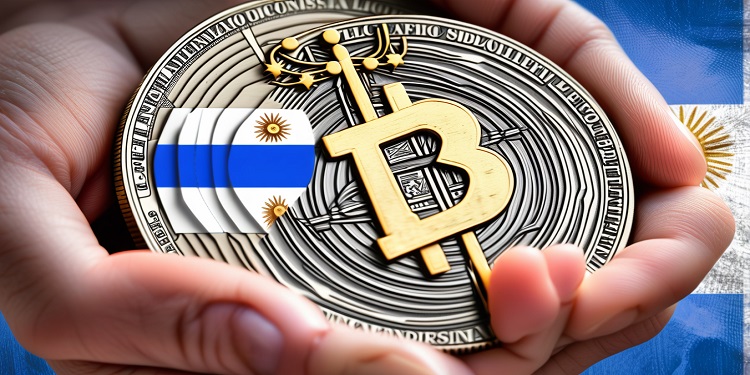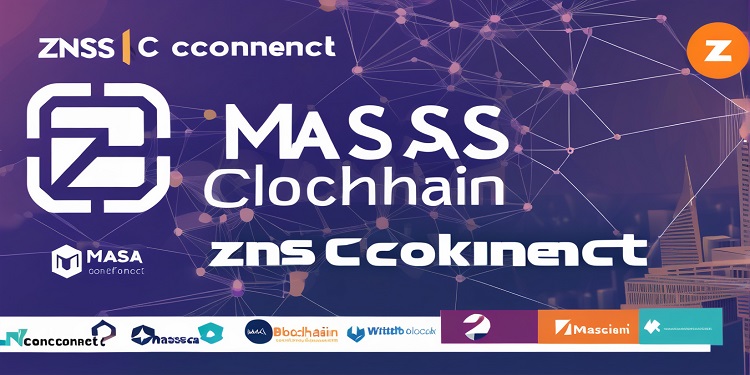Argentina has unveiled the $LIBRA token as a novel funding mechanism aimed at leveraging blockchain technology for economic growth and financial stability. Reports indicate that the token was introduced at an initial price of $0.10 at 12:00 PM UTC. Within the first hour of trading, the price surged to $0.15, reflecting substantial early interest and speculative trading. The initial listing took place on Bitfinex, where the trading volume quickly reached 500,000 tokens.
Market Performance and Adoption
Within an hour of its launch, the token witnessed increased trading activity, with volumes on Bitfinex rising to 2 million tokens by 1:00 PM UTC. Additionally, major cryptocurrency exchanges such as Binance and Coinbase also listed $LIBRA, contributing to significant trading activity. Binance recorded a trading volume of 1.5 million tokens, while Coinbase reported 1 million tokens by 2:00 PM UTC. The strong market response led to the token reaching a market capitalization of $100 million within the first two hours.
On-chain data further indicated a sharp rise in adoption, as the number of unique wallet addresses holding $LIBRA expanded from 1,000 to 10,000 within the first three hours. This widespread adoption suggests growing interest in the asset within the crypto community.
Impact on the Broader Cryptocurrency Market
The launch of $LIBRA had a noticeable effect on other major cryptocurrencies. Bitcoin (BTC) and Ethereum (ETH) registered price increases of 2% and 3%, respectively, in the same timeframe. Trading pairs such as $LIBRA/BTC on Binance recorded a volume of 500,000 tokens, while $LIBRA/ETH on Coinbase saw trading activity reaching 400,000 tokens by 3:00 PM UTC. Market indicators reflected a strong bullish trend, with the Relative Strength Index (RSI) for $LIBRA at 75, suggesting an overbought condition. Additionally, the Moving Average Convergence Divergence (MACD) signaled positive momentum.
By 4:00 PM UTC, the combined 24-hour trading volume across all exchanges had reached 5 million tokens, pushing the total market capitalization to $150 million. The introduction of $LIBRA also drove increased interest in stablecoins, leading to a 1% rise in trading volumes for Tether (USDT) and USD Coin (USDC).
Wider Market Sentiment and Industry Reactions
Market sentiment showed a significant shift following the token’s launch. The Crypto Fear & Greed Index moved from a neutral stance to a more optimistic outlook, reflecting increased investor confidence. Additionally, AI-related tokens such as SingularityNET (AGIX) and Fetch.ai (FET) benefited from this trend, with price increases of 5% and 4%, respectively. Trading volumes for AGIX and FET saw significant growth, rising by 20% and 15%, respectively, underscoring a heightened interest in AI-driven digital assets.
Automated trading platforms such as 3Commas and Cryptohopper also experienced a 10% rise in trading activity related to $LIBRA, suggesting that algorithmic trading played a role in the token’s strong debut. Meanwhile, discussions surrounding $LIBRA surged on social media, with hashtags related to the token trending on platforms such as Twitter and Reddit, further amplifying market enthusiasm.
Global and Regional Effects
The introduction of $LIBRA had ripple effects on other regional cryptocurrencies. The Brazilian Real-backed stablecoin BRZ experienced a 2% price increase and a 10% rise in trading volume. Similarly, the Indian Rupee-backed INR stablecoin saw gains of 3% in price and 15% in trading volume. Additionally, the Chinese Yuan-backed CNY stablecoin recorded a 1% increase in price along with a 5% rise in trading activity.
The launch also impacted decentralized finance (DeFi) platforms, as the total value locked (TVL) in various DeFi protocols increased by 5% following the announcement. The Ethereum-based decentralized exchange Uniswap reported a 2% increase in trading volume, reflecting heightened engagement in blockchain-based financial ecosystems.
Conclusion
The introduction of the $LIBRA token marks a significant step for Argentina in adopting blockchain technology to support economic initiatives. With strong initial market performance, rising adoption, and broader industry influence, the token’s debut has demonstrated the potential for state-backed digital assets. As trading activity and adoption continue to grow, its long-term impact on financial markets and the blockchain ecosystem remains to be seen.









